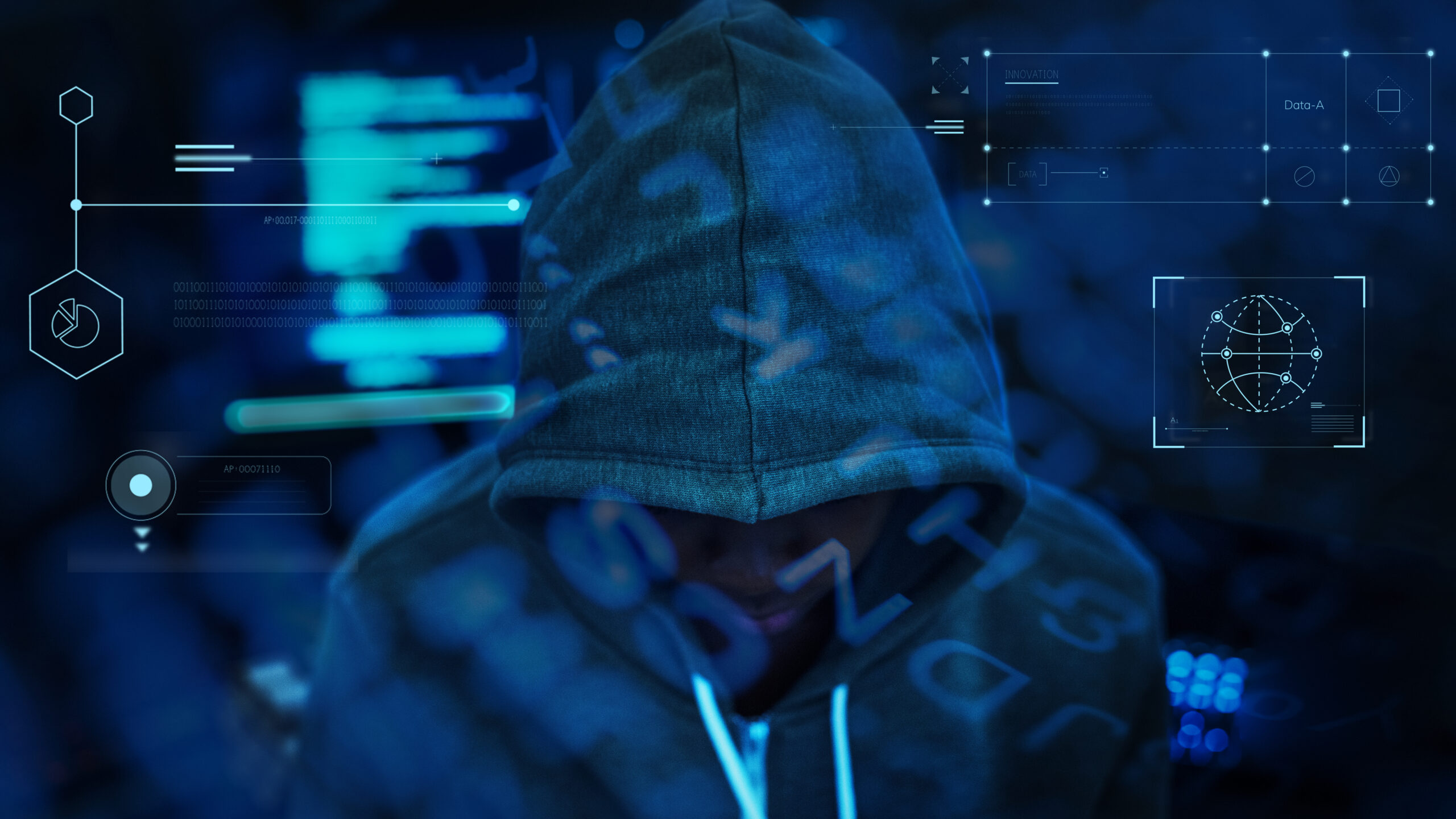The Challenges of Cybersecurity in the Digital Age

In the digital age, cybersecurity faces numerous challenges due to the increasing complexity of technology ecosystems, evolving cyber threats, and the interconnected nature of digital infrastructure. Here are some of the key challenges of cybersecurity:
-
Cyber Threat Landscape:
- Rapidly evolving cyber threats, including malware, ransomware, phishing attacks, and zero-day exploits, pose significant challenges to cybersecurity professionals, requiring constant vigilance, threat intelligence, and proactive defense measures to mitigate risks.
-
Sophisticated Attack Techniques:
- Cyber attackers employ increasingly sophisticated techniques, such as social engineering, advanced persistent threats (APTs), and nation-state-sponsored cyberattacks, to bypass traditional security defenses, evade detection, and infiltrate target systems and networks.
-
Cybersecurity Skills Shortage:
- There is a global shortage of cybersecurity professionals with the necessary skills, expertise, and experience to address the growing demand for cybersecurity roles in organizations across various sectors.
- The cybersecurity skills gap hampers organizations' ability to effectively detect, respond to, and mitigate cyber threats, leading to increased risk exposure and vulnerabilities in digital environments.
-
Insider Threats and Human Error:
- Insider threats, including malicious insiders, negligent employees, and inadvertent errors, pose significant risks to cybersecurity, as they can compromise sensitive data, intellectual property, and critical infrastructure from within organizations.
- Human error, such as weak passwords, misconfigured systems, and lack of cybersecurity awareness, contributes to security breaches and data incidents, highlighting the importance of employee training and security awareness programs.
-
Vulnerabilities in IoT and Connected Devices:
- The proliferation of Internet of Things (IoT) devices and connected technologies introduces new cybersecurity risks, as insecure IoT devices, default passwords, and unpatched vulnerabilities create entry points for cyber attackers to exploit and compromise networks and systems.
- Securing IoT devices, implementing robust authentication mechanisms, and enforcing security-by-design principles are essential for mitigating IoT-related security risks and protecting against IoT-based attacks.
-
Supply Chain Security:
- Supply chain attacks targeting software vendors, third-party suppliers, and service providers pose significant cybersecurity risks, as cyber attackers exploit supply chain vulnerabilities to infiltrate trusted networks, compromise software integrity, and distribute malicious payloads.
- Securing the software supply chain, implementing secure development practices, and conducting vendor risk assessments are critical for mitigating supply chain security risks and ensuring the integrity of software and digital assets.
-
Data Privacy and Compliance:
- Heightened regulatory requirements, such as the European Union's General Data Protection Regulation (GDPR) and the California Consumer Privacy Act (CCPA), impose stringent data privacy and compliance obligations on organizations, requiring robust data protection measures, privacy controls, and regulatory compliance frameworks.
- Data breaches, unauthorized data access, and non-compliance with data privacy regulations can result in significant financial penalties, reputational damage, and legal consequences for organizations, underscoring the importance of data privacy and compliance efforts in cybersecurity.
Addressing these challenges requires a holistic approach to cybersecurity that encompasses risk management, threat intelligence, cybersecurity education and training, technology innovation, and collaboration among stakeholders to build resilient, adaptive cybersecurity defenses and safeguard digital assets in the face of evolving cyber threats and challenges.
Thank you,
